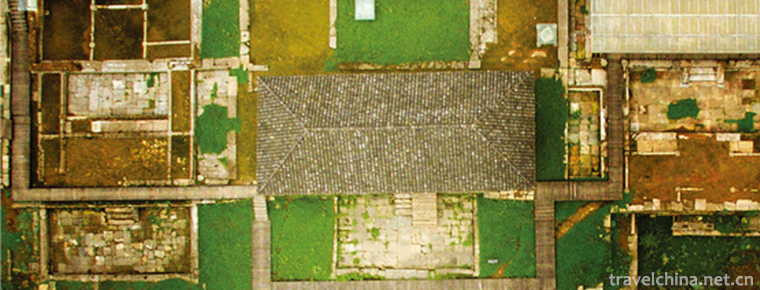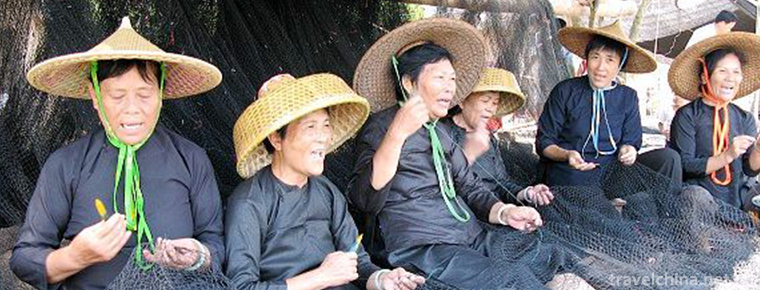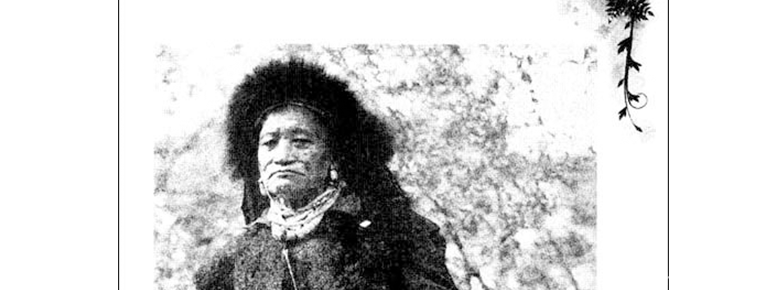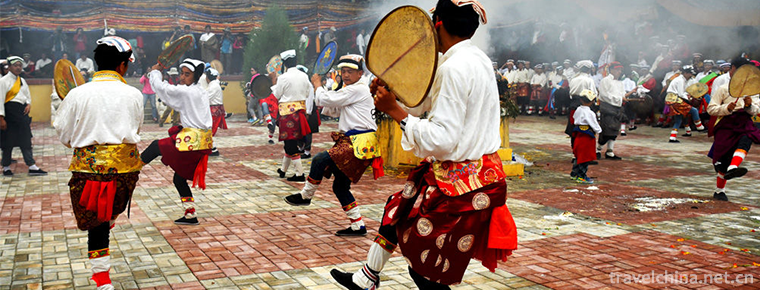Administrative division of Dazhou
Administrative division of Dazhou
In 1950, Daxian district was set up, which belongs to the northern Sichuan administrative region. Daxian special office is located in Daxian county and governs eight counties, including Daxian County, Xuanhan County, Kaijiang County, Pingchang county (the former Pingchang Administrative Bureau was changed into Jiangkou county), Bazhong County, Nanjiang County, Tongjiang County and Wanyuan county.
In 1952, Daxian Prefecture was under the leadership of Sichuan Province.
In 1953, Dazhu County, Quxian county and Linshui County, which belonged to the former Dazhu special area, were divided into Daxian special area. It has jurisdiction over 11 counties.
In 1970, Daxian district was renamed Daxian District, and the area was located in Daxian county. It has jurisdiction over Daxian County, Wanyuan County, Xuanhan County, Kaijiang County, Linshui County, Dazhu County, Quxian County, Nanjiang County, Bazhong County, Pingchang county and Tongjiang County.
In 1976, Daxian county was divided into Daxian City, which was under the leadership of Daxian district. Daxian Prefecture is located in Daxian city. It has jurisdiction over 1 city and 11 counties.
In 1979, Wanyuan county established Baisha industrial and agricultural district (equivalent to county level), and the government of the area was stationed in Baisha commune. Daxian Prefecture governs 1 city, 11 counties and 1 Industrial and agricultural district.
On July 5, 1993, the State Council approved that Daxian Prefecture and Daxian city should be renamed Dachuan Prefecture and Dachuan city; Bazhong City, Tongjiang County, Nanjiang county and Pingchang county should be under the jurisdiction of the newly established Bazhong region (today's Bazhong City) and Linshui county should be under the jurisdiction of Guang'an Prefecture (today's Guang'an City); Wanyuan county and Baisha agricultural and industrial zone should be abolished and Wanyuan city should be established and managed by Dachuan Prefecture.
On June 20, 1999, the State Council approved the abolition of Dachuan Prefecture and county level Dachuan city and the establishment of prefecture level Dazhou city. Tongchuan District of Dazhou city was established, with the former administrative region of Dachuan city as the administrative region of Tongchuan District, and Shuanglong township of Daxian county was under the jurisdiction of Tongchuan District. Dazhou city has jurisdiction over Daxian County, Xuanhan County, Kaijiang County, Quxian County, Dazhu County and the newly established Tongchuan District. The original Wanyuan city in Dachuan area was directly under the jurisdiction of Sichuan Province and managed by Dazhou city.
On July 18, 2013, with the approval of the State Council, Daxian county was abolished and Dachuan District of Dazhou city was established. The administrative areas of the former Daxian county (excluding Beimiao Town, Jiangling Town, Beishan Township, Anyun Township, Zitong Township, Jinshi Township, Qingning Township, Longtan Township and mengshuang township) are the administrative regions of Dachuan district; the former Beimiao Town, Jiangling Town, Beishan Township, Anyun Township, Zitong Township, Jinshi Township, Qingning Township, Longtan Township and mengshuang township are under the jurisdiction of Tongchuan District.
As of June 2020, Dazhou has jurisdiction over 7 county-level administrative divisions (Municipal District 2, county-level city 1, county-4), and 200 township level administrative divisions (street 21, town 149, township 30). It has an area of 16605 square kilometers and a population of 6.92 million. Dazhou Municipal People's Government in Tongchuan District Yongxing Road 2.
Note: Dazhou high tech Development Zone (trusteeship Binlang street, YAOTANG township) implements a separate plan and enjoys the authority of entrusted management of regional social and economic affairs.

-
RenminbiChinese yuan
The legal currency of the People's Republic of China is Renminbi. The People's Bank of China is the competent organ of the state in charge of the management.
Views: 197 Time 2018-11-13 -
Jingpo Lake
Jingbo Lake: National AAAAA-level tourist attractions, World Geopark, National Key Scenic Spots, International Ecotourism Resort, National Civilized Scenic Spots Demonstration Sites.
Views: 234 Time 2018-12-05 -
Hailongtun Site
Hailongtun is located on the top of Longyan Mountain, about 28 kilometers northwest of Zunyi City, Guizhou Province. It is also called Hailongdun, Longyantun and Longyantun..
Views: 165 Time 2019-01-13 -
ancient game of kicking a ball
Cuju, also known as "Biju", "Cuju", "Cuju", "Cuyun", "Cuyun", "building a ball" and "kicking a round", has the meaning of "Cu.
Views: 158 Time 2019-04-22 -
Lingao Fishing Song
Lingao Fishing Song is a kind of Han folk song which is popular among fishermen in Lingao County, Hainan Province. Because of its use of the lining "Li Li Mei" and related legends, it is als.
Views: 268 Time 2019-05-13 -
Legend of the Ancestors of the Loba Nationality
The legend of the ancestors of the Loba nationality is an organic part of the life of the Loba people, a mirror of the Loba society and a way of existence of the folk life of the Loba people..
Views: 102 Time 2019-05-15 -
Kimchi Making Skills Korean Kimchi Making Skills
Kimchi of Korean nationality is one of the traditional food with the most national characteristics of Korean nationality, and its pickling method is constantly enriched and developed. In the long hist.
Views: 300 Time 2019-06-09 -
June meeting in Regong
Regong June Festival is a unique traditional cultural festival of Tibetan and Tu villages in Tongren County, Qinghai Province. It has been circulated for more than 1400 years. Every June in the Lunar .
Views: 93 Time 2019-06-11 -
Salar Costume
The traditional dresses of the Salar nationality are bright and bright in color and full of national characteristics. Salar costumes have two characteristics, namely (1) Islamic color of costumes; (2).
Views: 128 Time 2019-06-11 -
Brocade Weaving Skills of Tujia Nationality
Tujia brocade weaving process is complex, in weaving, using the ancient pure wooden waist inclined loom weaving, through spinning and twisting, dyeing, inverting, drawing, reed loading, rolling, picki.
Views: 114 Time 2019-06-23 -
Brewing Techniques of Zhenjiang Hengshun Fragrant Vinegar
Zhenjiang Hengshun aromatic vinegar brewing technology production chooses high-quality glutinous rice produced in the "land of fish and rice" as raw material, using solid-state layered ferme.
Views: 103 Time 2019-07-25 -
Meishan City honor
In November 2015, Meishan city was listed as the second batch of national new urbanization comprehensive pilot areas. In 2016, Meishan city was awarded the title of the first tourist destination in the Asia Pacific region (second and third tier cities)..
Views: 312 Time 2020-12-18










